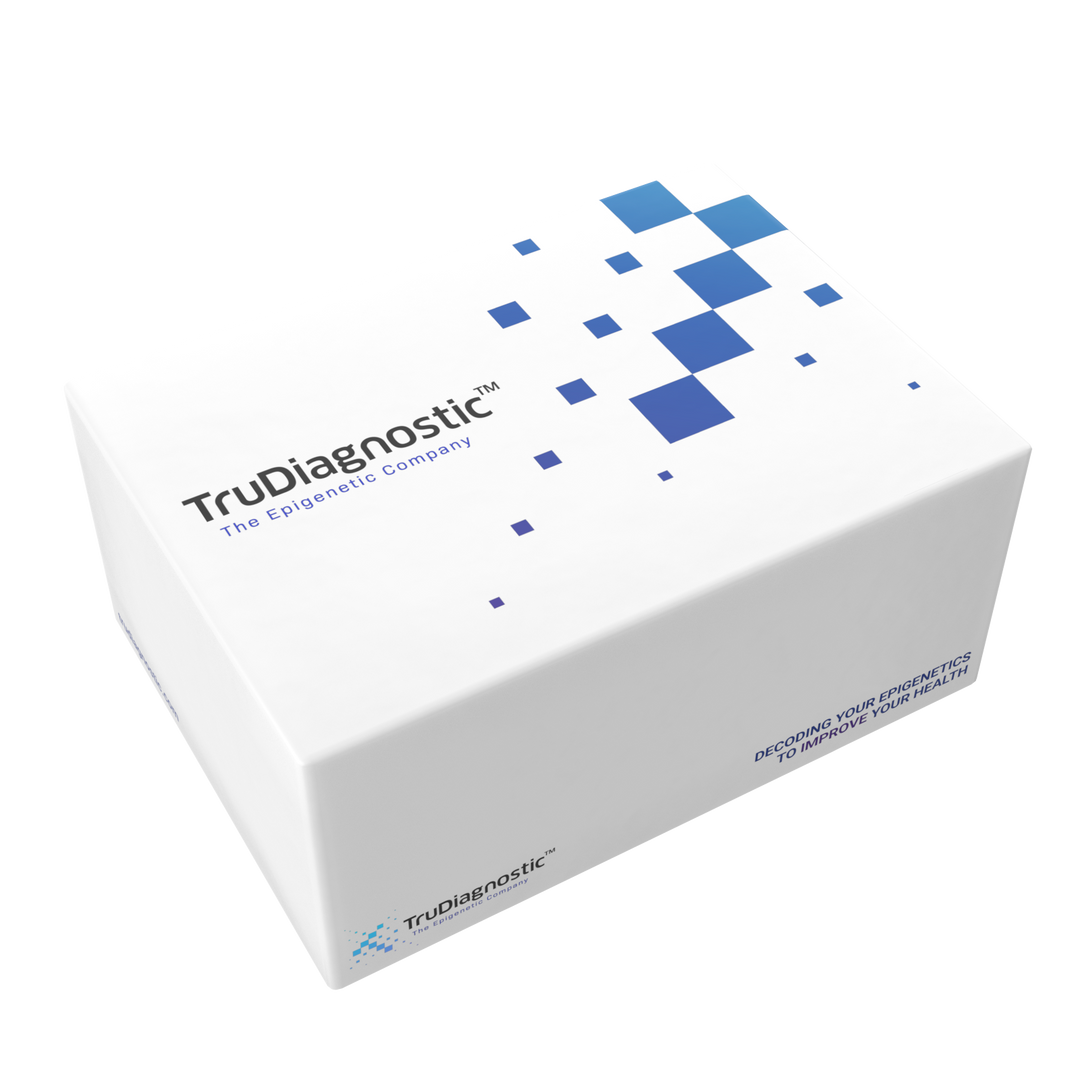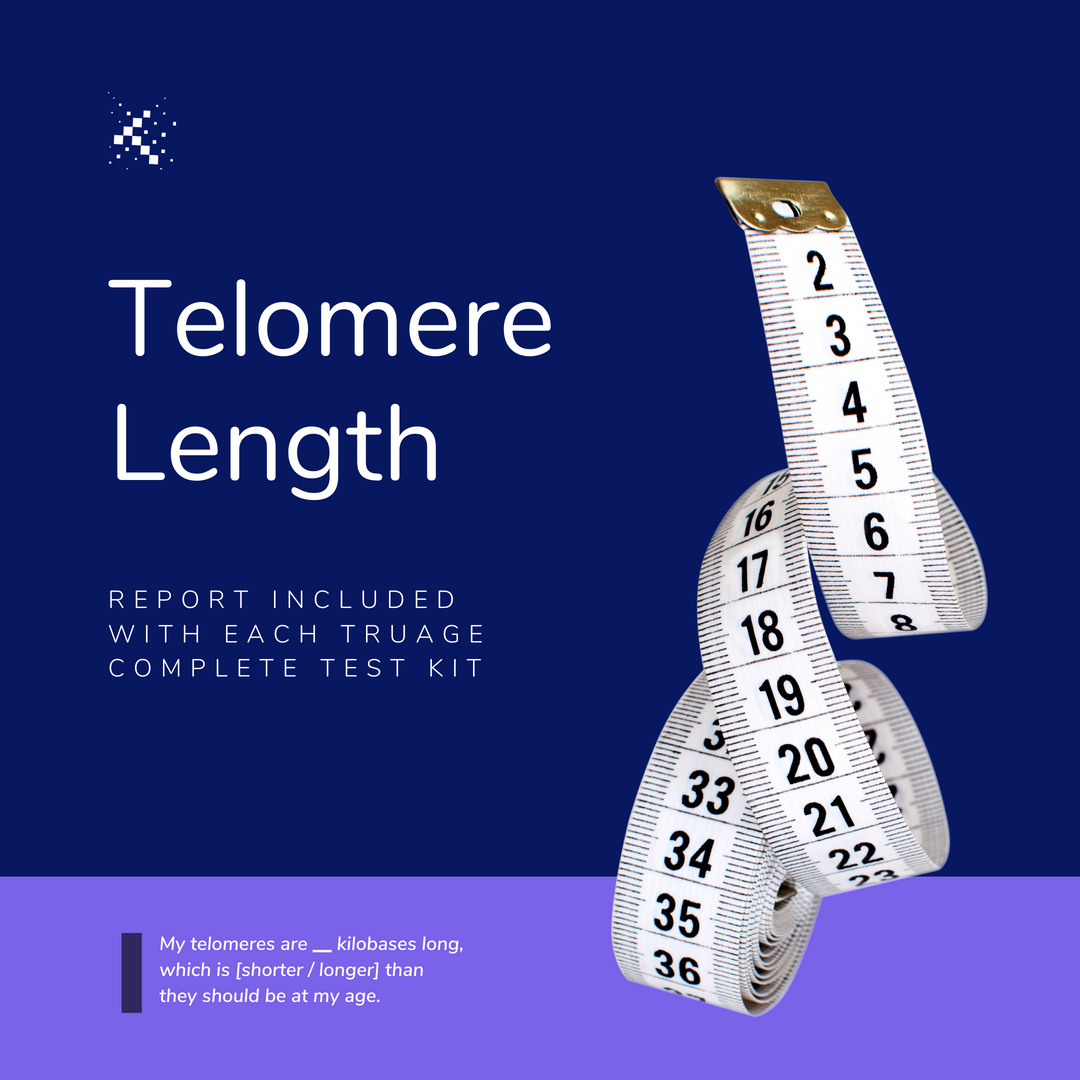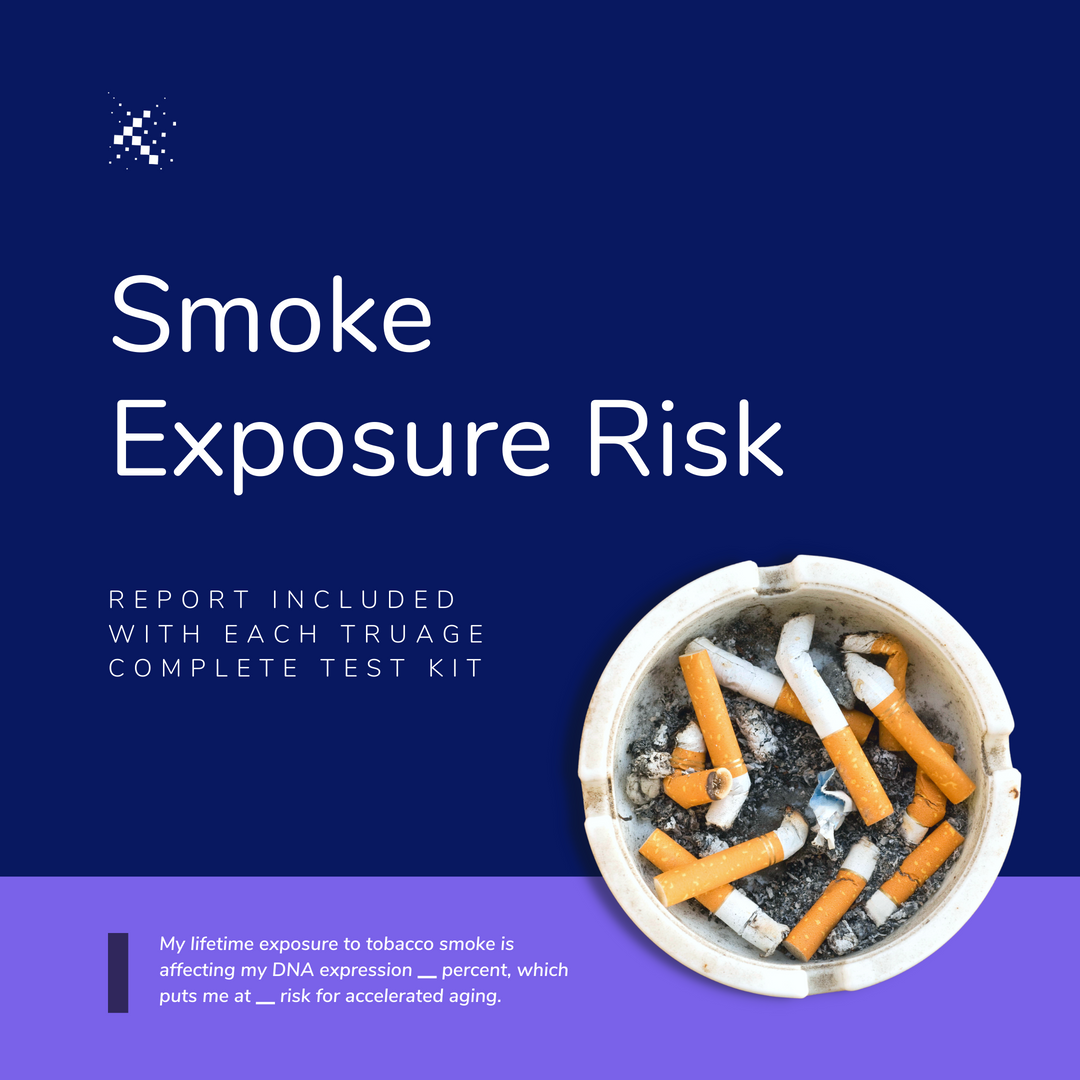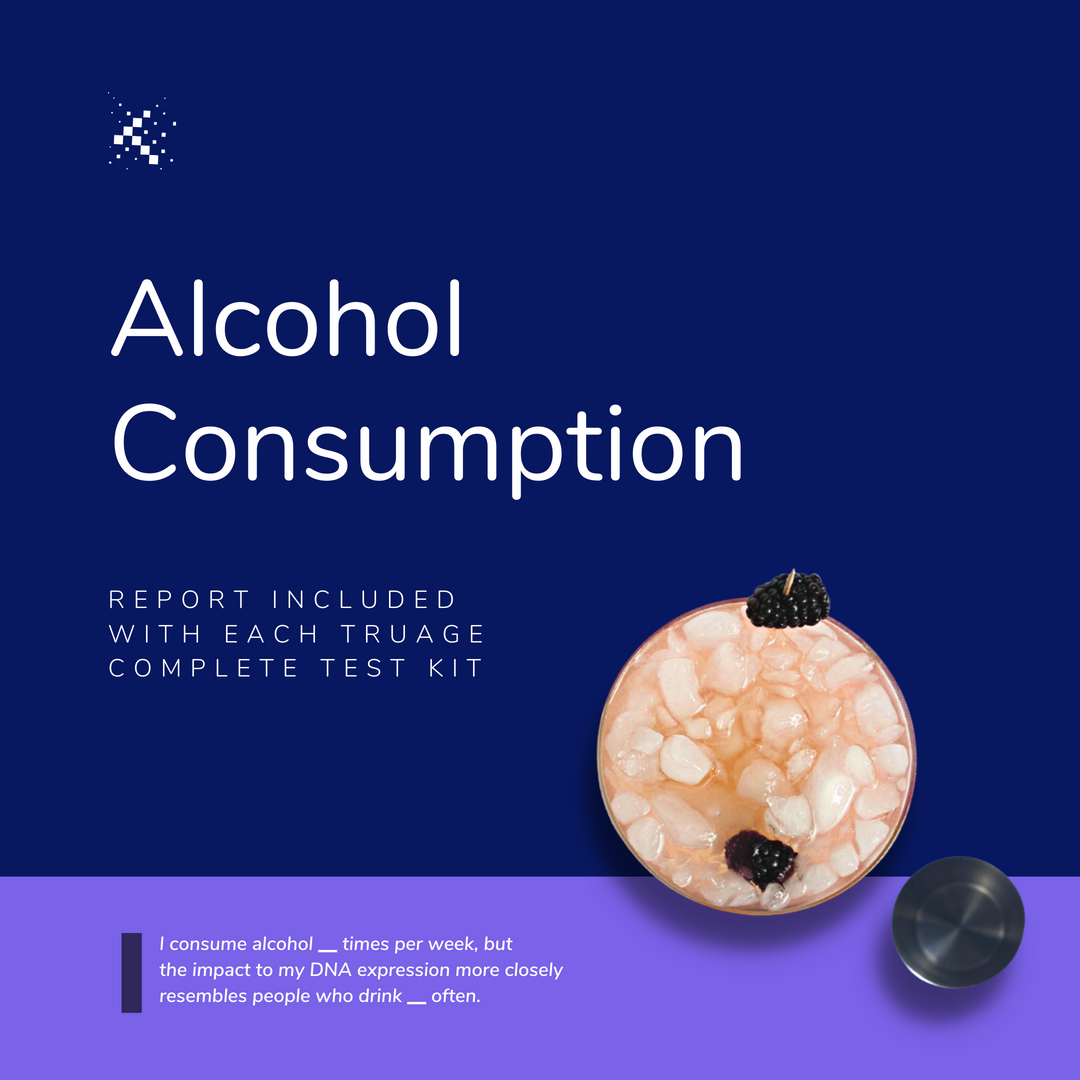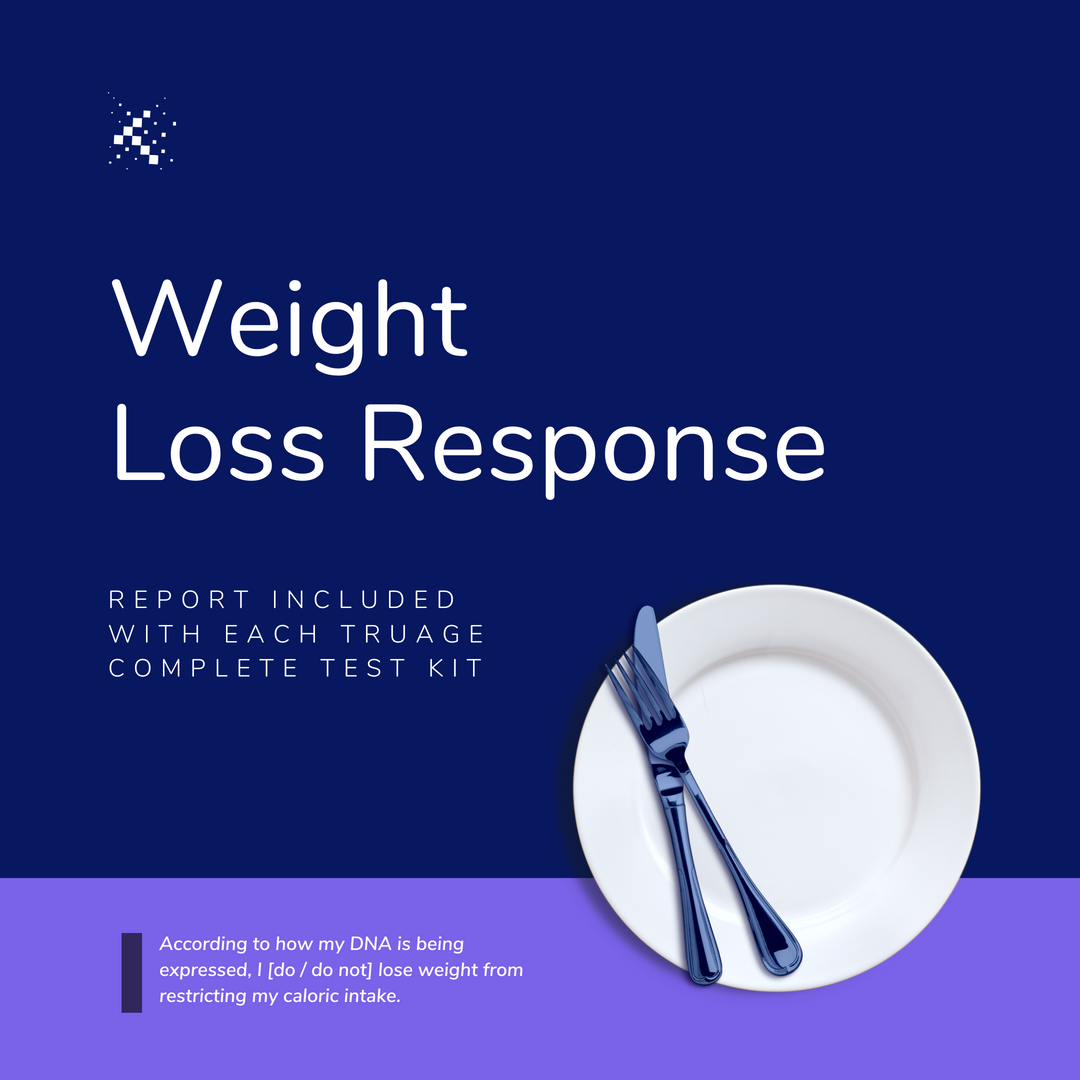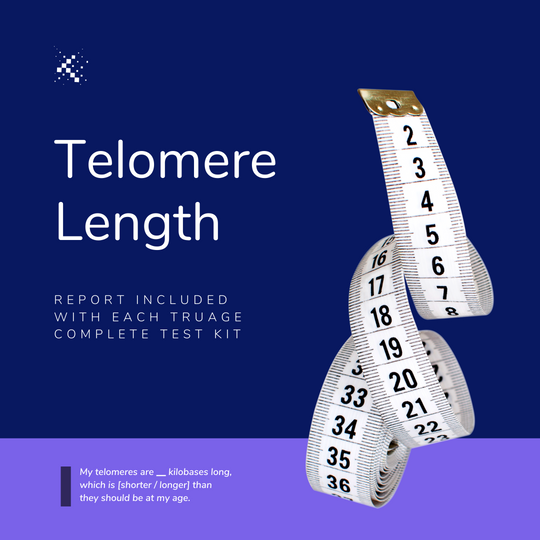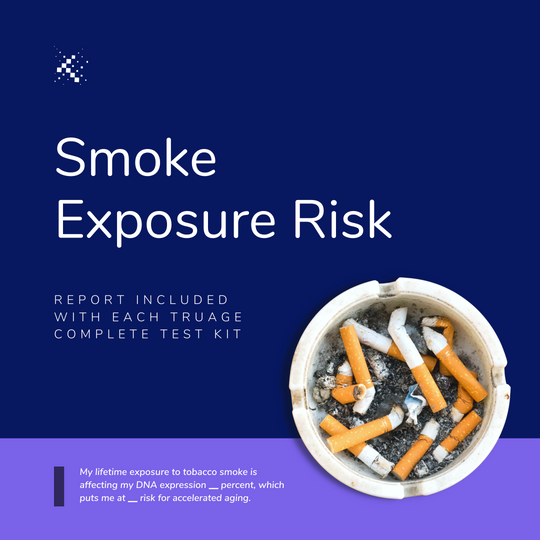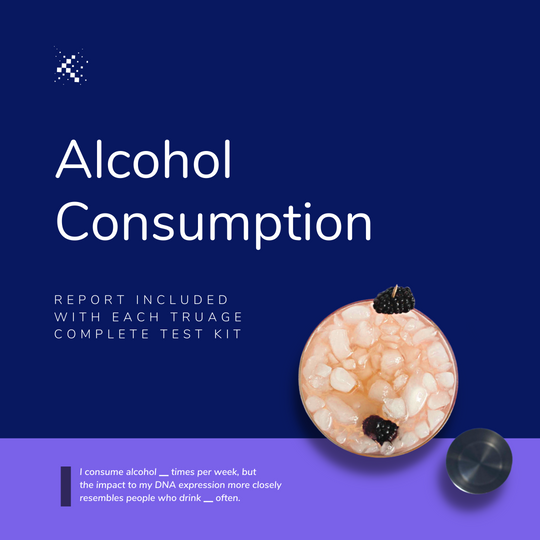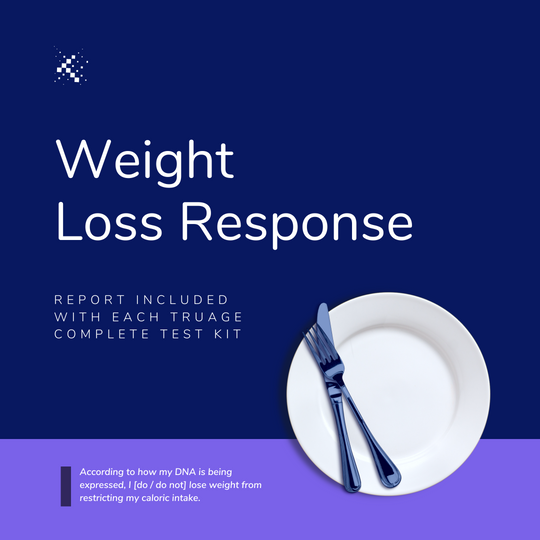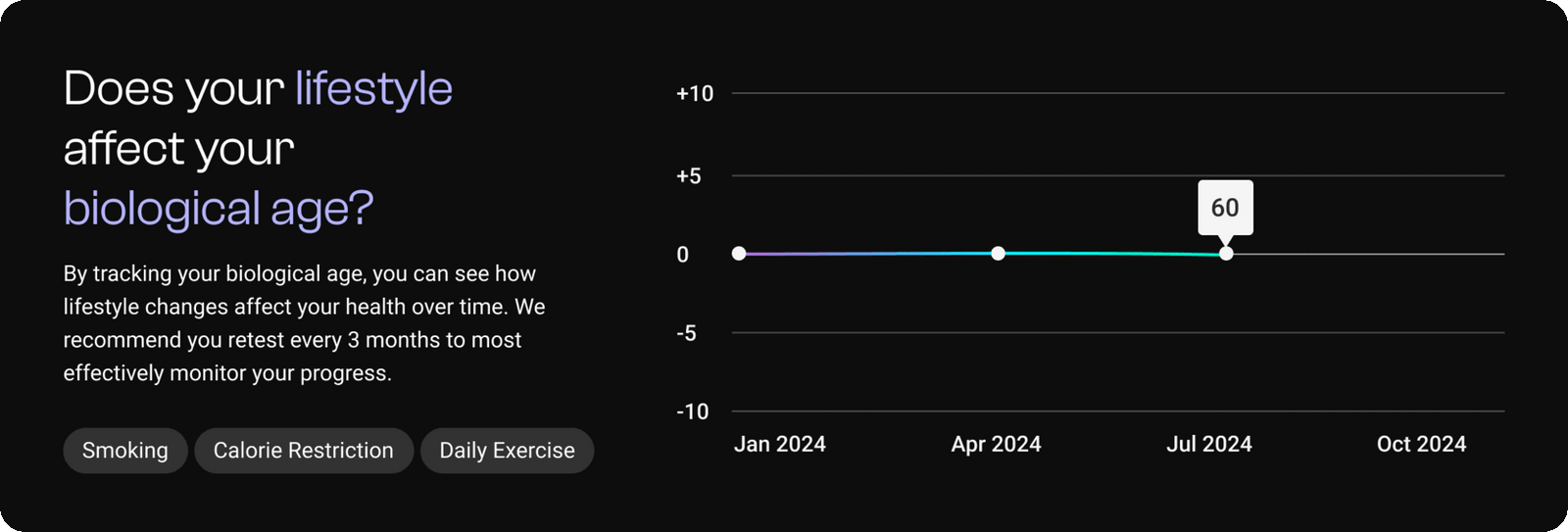
I'm 67 but feel much younger
I've done 3 TruDiagnostic tests.... It's been a great tool to help me understand how my lifestyle impacts my aging. I'm 67 but feel much younger and my test results indicate I'm moving in the right direction. My Intrinsic age is 60, Extrinsic is 57 Pace is 1.04, Telomere length has increased to 6.92Kb which puts me at 62. If you don't measure it, you can't manage it. Don't fear the Reaper, challenge him.
Steve Matheson




What's Included
- My birthday makes me _ years old, but how old is my body, biologically? (My OMICm Age)
- What is my age-related risk of developing various diseases?
- What is my age-related risk of death?
- Strictly looking at performance biomarkers, how old am I from a physical fitness standpoint?
- I have _ concentrations of various immune cells. How are those levels impacting my biological age?
- For each calendar year that passes, how many years is my body actually aging?
- How long are my telomeres?
- How does my relationship with alcohol consumption impact my DNA expression and aging processes?
- According to my DNA expression, am I likely to lose weight from restricting my caloric intake?
- How has my lifetime exposure to tobacco smoke impacted my DNA expression and aging processes?
- What can I do to improve my age-related, biological metrics?
Discover your biological age through the most advanced and predictive aging algorithm ever created; OMICmAge, developed by TruDiagnostic in partnership with Harvard University.
OMICmAge is exciting healthcare providers and patients alike because it provides novel insights into the reasons why someone is experiencing advanced aging. Older analysis was limited in the nature of only being able to determine if a patient's age and biological aging was accelerated or decelerated. Now we can not only tell you your biological age, but also what is most likely contributing to an age acceleration!
This report includes the following:
- Your OMICm Biological Age
- Your Risk of Death
- Your Risk of Stroke, Cancer, Congenital Heart Disease, COPD, Depression, and Type II Diabetes
- Your Methylation Risk Scores for Various Proteins
- Your Methylation Risk Scores for Various Metabolites
- Your Methylation Risk Scores for Clinical Biomarkers
PLUS - Discover whether your methylation risk scores for various, multi-omic measurements are correlated with a higher or lower biological age. This report also calculates what your risk of death and disease would be if your biological age increases or decreases by one to several years.
Discover how fast or slow your body is currently aging! Results are reported in a fashion that compares your pace of aging to 1 standard calendar year. For example, if your results are '0.8', that means your body is currently aging 0.8 years for each year that passes.
In our Pace of Aging report, we use the exclusively-licensed DunedinPACE algorithm to calculate your current speed of aging.
This algorithm is the product of the on-going and renowned Dunedin Multidisciplinary Health and Development Study, where researchers have followed the lives and aging patterns of 1,037 people born between 1972, and 1973 at Queen Mary Maternity Hospital, in Dunedin, New Zealand.
The study is now in its fifth decade and has produced a considerable amount of data that shapes what we know about the pace at which humans age, along with phenotypic expressions of aging; yielding the only 3rd generation aging technology currently available.
SYMPHONYAge is available exclusively through TruDiagnostic. Access it by purchasing a new TruAge COMPLETE test or upgrading a previous COMPLETE analysis.
Discover aging insights on eleven organ systems with SYMPHONYAge, using Yale University's system-specific, epigenetic aging algorithms. TruDiagnostic exclusively offers the SYMPHONYAge clock series to deliver both individual and interconnected organ aging insights in our new SYMPHONYAge report.
Upgrade your previous TruAge COMPLETE test(s) to gain digital access to the epigenetic age calculations in our SYMPHONYAge reports, including:
Included Aging Insights:
1. Lung Age
2. Heart Age
3. Brain Age
4. Hormone Age
5. Metabolic Age
6. Musculoskeletal Age
7. Blood Age
8. Liver Age
9. Inflammation Age
10. Kidney Age
11. Immune System Age
12. Your Whole Body, SYMPHONYAge
(Organ Systems Age)
Discover how old you are according to your physical fitness and functionality!
This report calculates your OMICm FitAge, aka your overall biological age based exclusively on epigenetic biomarkers of physical performance. This measurement uses our novel OMICm FitAge Acceleration algorithm to calculate your results.
PLUS- Learn more about the aging status of your:
- Muscle Strength (Grip Strength)
- Lung Function (VO2Max & FEV1)
- Walking Speed (Gait Speed)
These metrics are reported in a format that tells you whether you are performing better or worse than others who share the same calendar age as you, and by what percentage.
Losing weight can be a challenge for many, especially for those who attempt dietary-based interventions without knowing how their body is biologically programmed to respond. Our Weight Loss Response report helps thousands plan their weight loss strategy, before committing to a calorie-based routine that may not work.
Discover whether your DNA expression and biology would likely make caloric restriction an effective or ineffective form of weight loss for you.
Understand how drinking alcohol speeds up the aging processes of your skin, blood, and liver, as well as how it impacts your overall, biological aging processes.
Learn how your lifetime alcohol consumption, as well as current drinking habits, affect your DNA expression. Our Alcohol Consumption report also breaks down the latest research on how long it would take an average person to reverse the damage of drinking, through abstinence.
Telomeres are an essential part of human cells that affect how our cells age. Telomere length has emerged as an important determinant of replicative senescence and cell fate - an important indicator of the aging process and a wide range of disease states, including cancers, cardiovascular disease, and age-related disorders.






